New legislation would help digitize fishing regulations and recreational access information
Today, the Theodore Roosevelt Conservation Partnership celebrated the introduction of the Modernizing Access to Our Public Waters Act that would enhance recreation on federal waterways by investing in modern technology to provide anglers, hunters, boaters, and other water users the information they need to safely and legally access and utilize public waters administered by federal agencies.
The bipartisan legislation was introduced by U.S. Senators John Barrasso (R-Wyo) and Angus King (I-Maine).
“Anglers, hunters, and boaters must interpret complex rules when they are out using public waterways, and the MAPWaters Act would direct federal agencies to clarify that information in geospatial form,” said Whit Fosburgh, president and CEO of the Theodore Roosevelt Conservation Partnership. “TRCP thanks Senator Barrasso and Senator King for their leadership on this important legislation that will help people discover and enjoy new water-based recreation opportunities and keep them safe and legal.”
The MAPWaters Act builds on the success of the recently passed MAPLand Act by directing federal agencies to digitize water and fishing access and recreational use information on federal waterways and to make those resources readily available to the public. Federal waterways include any portion of a body of water managed, or partially managed, by one or more of the following federal agencies: the Bureau of Reclamation, the National Park Service, the Bureau of Land Management, the United States Fish and Wildlife Service, and the Forest Service.
This newly digitized public information would include:
• Status information on which waterways are open or closed to entry or watercraft, including watercraft inspection or decontamination requirements.
• The areas of waterways with restrictions on motorized propulsion, horsepower, or gasoline fuel.
• Types of watercraft that are restricted on each area of a waterway, including the permissibility of canoes, rafts, motorboats, airboats, oversnow vehicles on frozen bodies of water, etc.
• The location and geographic boundaries of fishing restrictions on recreational and commercial fishing, including full or partial closures, no-take zones, and fishing restrictions within or surrounding marine protected areas.
• Fishing restrictions concerning specific types of equipment or bait, such as restrictions on the use of barbed hooks or live bait and requirements with respect to catch and release.
Presently, much of this information is housed in agency documents and difficult for the public to discover and access. For example, in the Code of Federal Regulations, the U.S. Fish and Wildlife Service includes 42 pages worth of National Wildlife Refuge specific recreation rules, many of which are tied to waterway navigation, use, and fishing.
The clarity and accessibility of regulations for both the public, and the agencies entrusted to manage these waters, will result in more Americans confidently accessing and enjoying their public waters.
“Digital navigation and mapping tools connect America’s 54.5 million anglers to the outdoors, helping them discover new fishing spots,” said Mike Leonard, vice president of government affairs at the American Sportfishing Association. “We thank Senator Barrasso and Senator King for introducing the MAPWaters Act, which will improve spatial information on fishing and boating regulations, as well as the locations of boat launches and access points. Standardized and digitized mapping data from federal agencies will support the software and electronics that are increasingly important to anglers.”
“Knowing where to go fishing and what you can do when you get there, is basic information all anglers need for a successful day on the water,” said Lindsay Slater, vice president of government affairs for Trout Unlimited. “The MAPWaters Act will standardize and simplify information for anglers to access and use waters managed by federal agencies, including decontamination requirements to help prevent the spread of aquatic invasive species. We look forward to this bill becoming law and helping to better inform anglers who fish on public waters.”
“Access to water is just as important to hunters, anglers, and other outdoor recreationists as access to land,” said Laura Orvidas, CEO of onX. “Yet, regulations regarding water access are even more complex. Having water access information and regulations publicly available in a digital format is critical for communicating intended water use for responsible access and protecting aquatic species and their habitats. Through the MAPWaters Act, we can help empower the outdoor community to not only enjoy our nation’s vast waterways, but also recreate responsibly.”
“Improved national mapping data from federal agencies about watercraft restrictions and fishing regulations will help outdoor enthusiasts, anglers, and other water users discover and access new recreational opportunities,” said Zachary Pope, founder of TroutRoutes, a fishing focused navigation application. “For the benefit of millions of American anglers, we support this bill and encourage Congress to advance the MAPWaters Act into law.”
Photo credit: Jim Pennucci

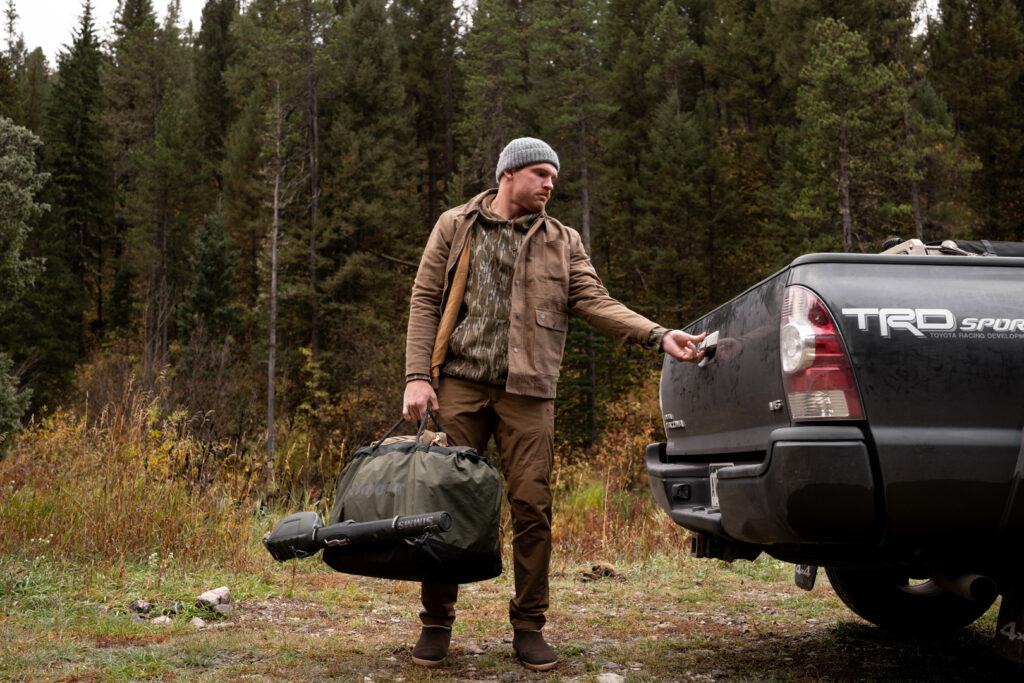
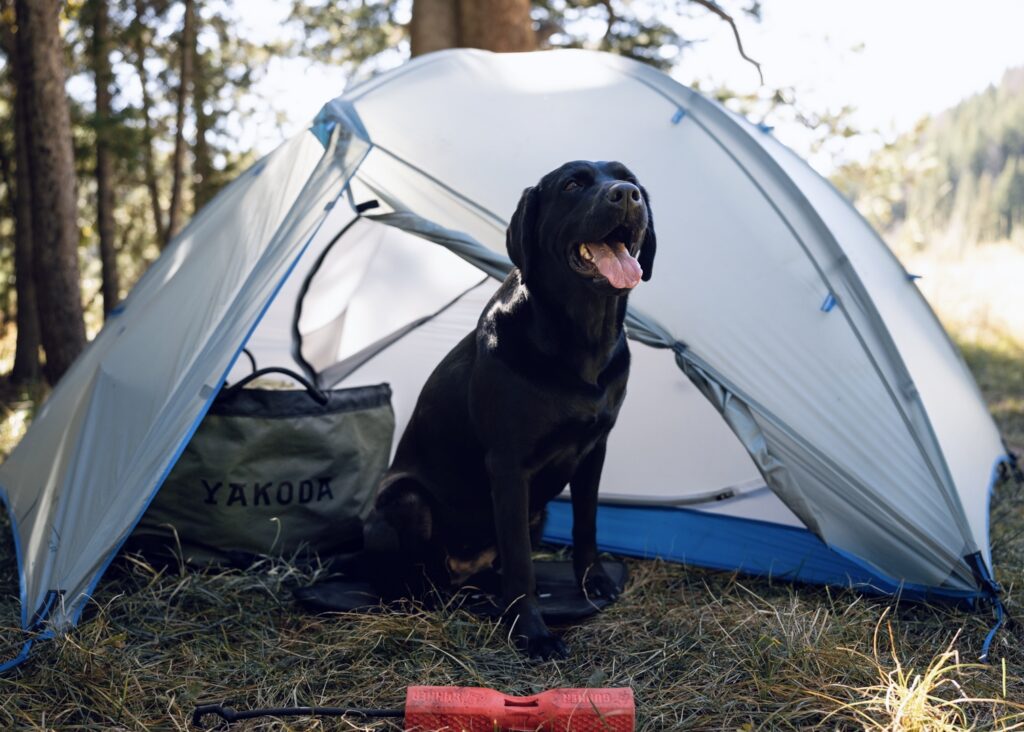
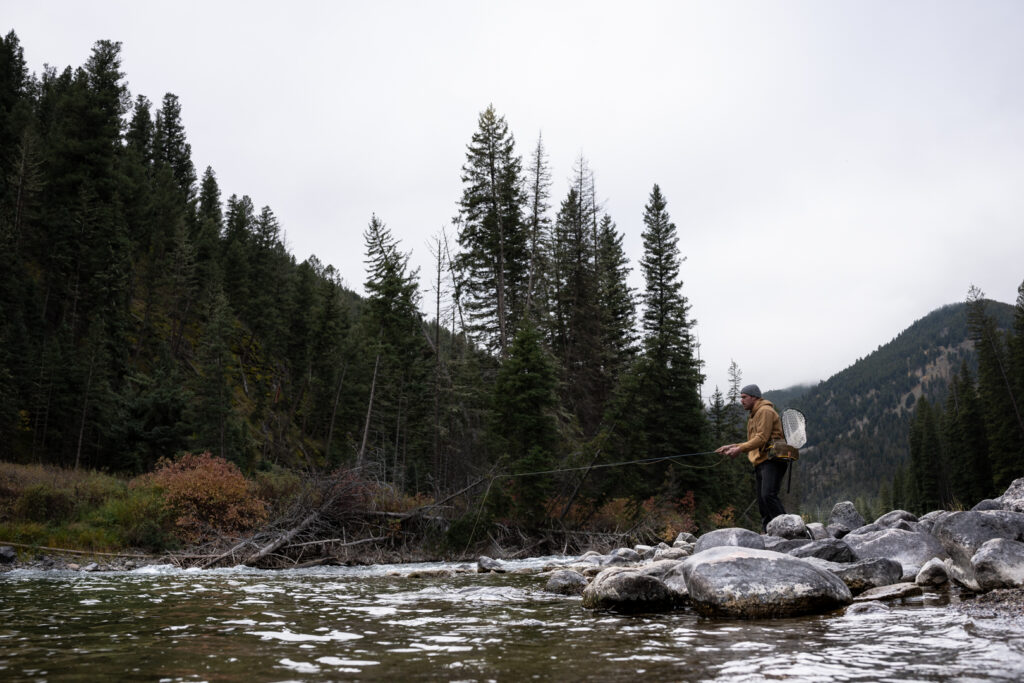
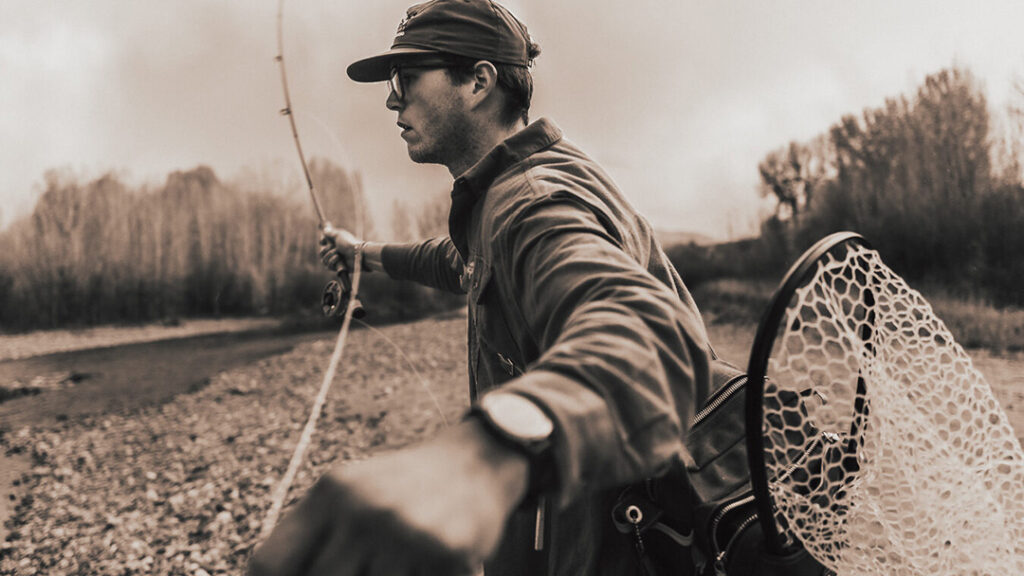
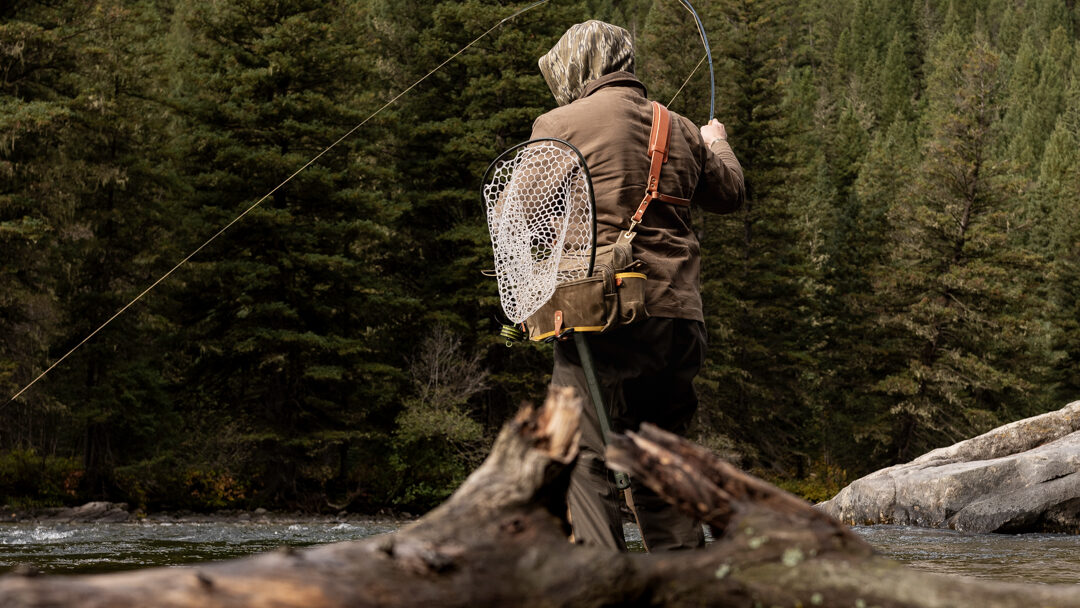
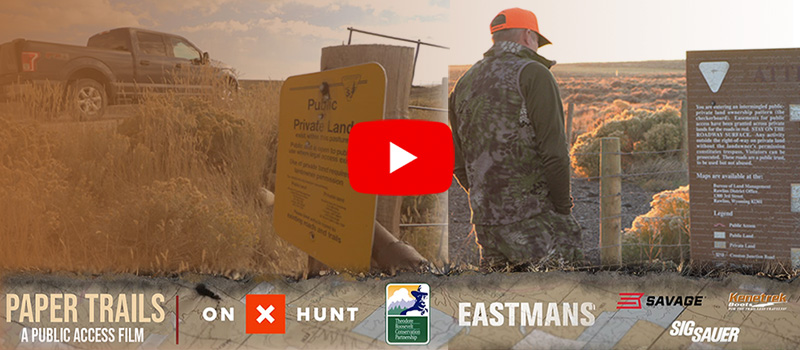
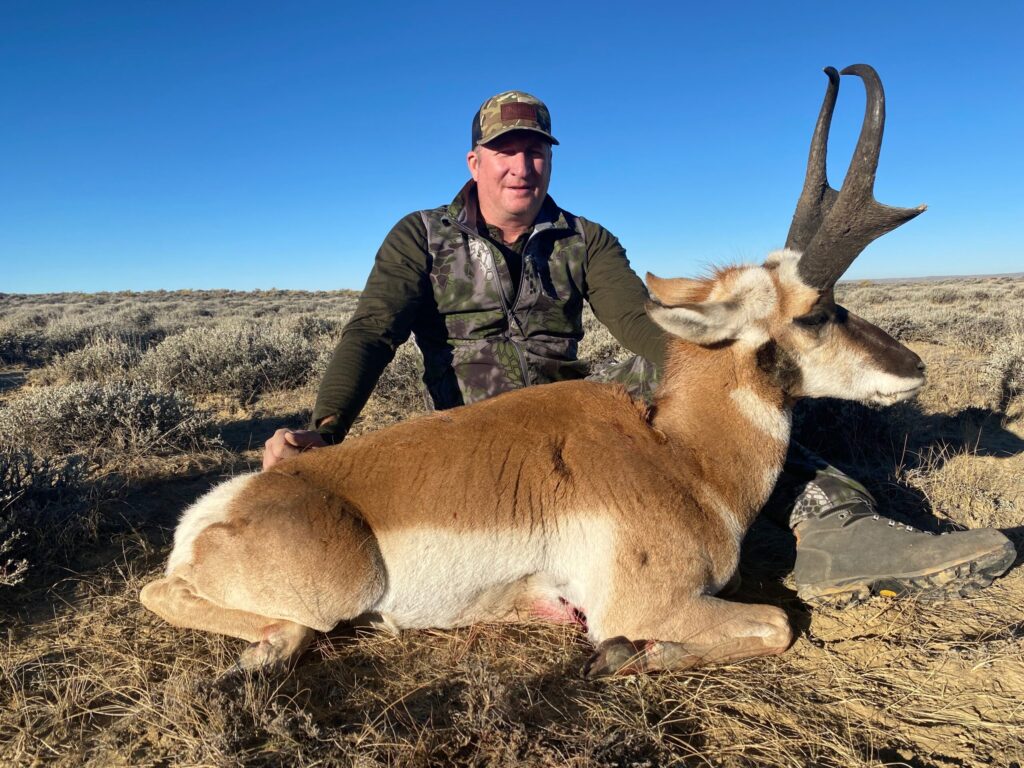
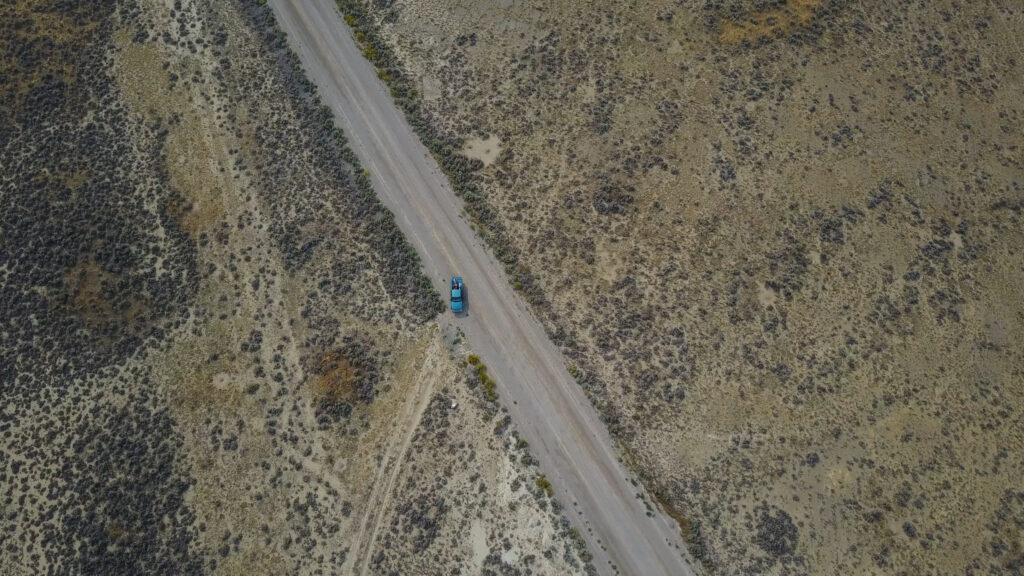
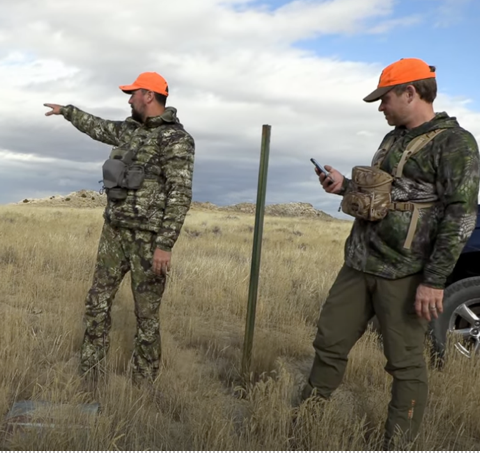
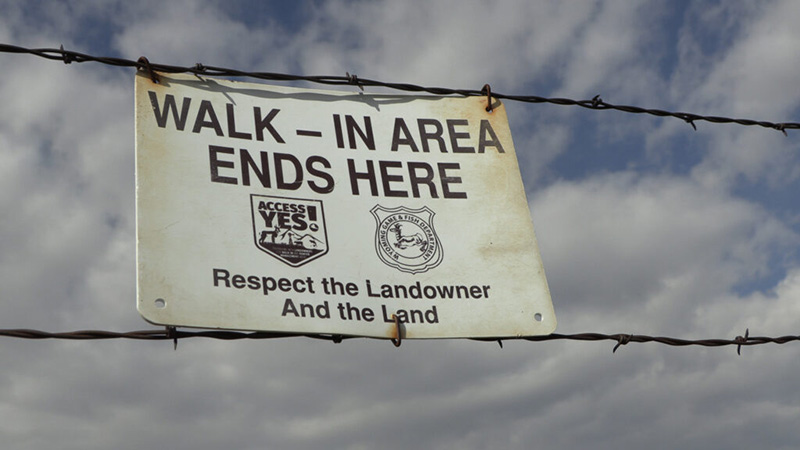
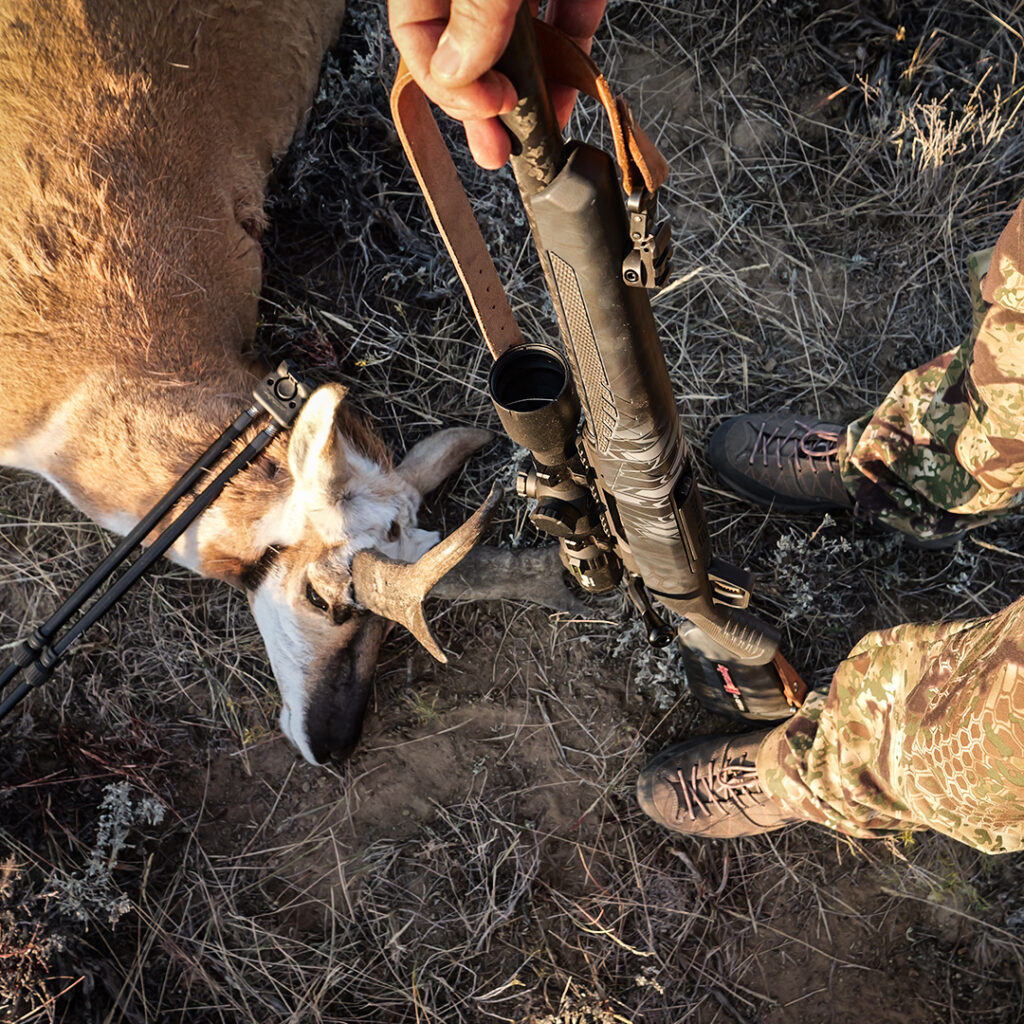




Start with Louisiana, the posted state